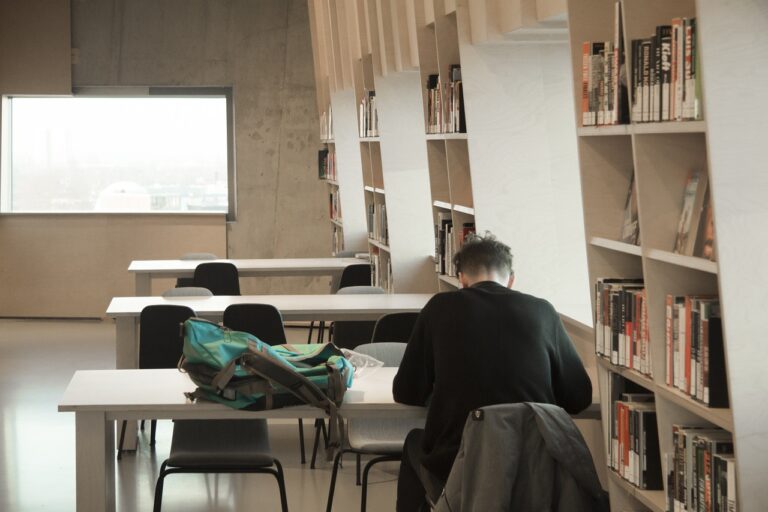Navigating the Role of Educational Leadership in Supporting LGBTQ+ Students
Creating an inclusive school environment for LGBTQ+ students is essential for their overall well-being and academic success. When students feel accepted and supported for who they are, they are more likely to thrive in their learning environment. Schools play a crucial role in fostering a sense of belonging and safety for LGBTQ+ students, which can positively impact their mental health and self-esteem.
In an inclusive school environment, LGBTQ+ students are able to express themselves freely without fear of discrimination or prejudice. This leads to a more positive school culture where diversity is celebrated and all students feel valued. By promoting acceptance and understanding, schools can help create a more equitable and supportive educational experience for LGBTQ+ students, ultimately leading to better outcomes for their academic and personal development.
Understanding the unique challenges faced by LGBTQ+ students in educational settings
LGBTQ+ students often encounter discrimination and prejudice in educational settings. Hostile behaviors such as bullying, harassment, and exclusion can have a detrimental impact on their mental health and academic performance. These negative experiences can lead to feelings of isolation, anxiety, and decreased self-esteem among LGBTQ+ students, making it challenging for them to thrive in a school environment.
Moreover, the lack of representation and recognition of LGBTQ+ identities in educational curricula and resources can contribute to a sense of invisibility and marginalization among these students. The absence of inclusive policies and support systems further exacerbates the challenges faced by LGBTQ+ individuals in schools. As a result, it is crucial for educational institutions to actively promote inclusivity, awareness, and support for LGBTQ+ students to create a safe and affirming environment for all students to learn and grow.
What are some common challenges faced by LGBTQ+ students in educational settings?
Some common challenges faced by LGBTQ+ students include bullying, discrimination, lack of support from peers and teachers, and feeling isolated or misunderstood.
How can schools create a more inclusive environment for LGBTQ+ students?
Schools can create a more inclusive environment by implementing policies that protect LGBTQ+ students from discrimination, providing resources and support groups, educating staff and students on LGBTQ+ issues, and promoting acceptance and diversity.
How can teachers support LGBTQ+ students in the classroom?
Teachers can support LGBTQ+ students by using inclusive language, incorporating LGBTQ+ history and literature into the curriculum, creating a safe space for students to express themselves, and addressing any instances of bullying or discrimination.
What can LGBTQ+ students do if they are facing discrimination or harassment at school?
LGBTQ+ students who are facing discrimination or harassment at school can reach out to school counselors, teachers, administrators, or LGBTQ+ support organizations for help and guidance. It is important to speak up and seek support in order to address the issue effectively.






